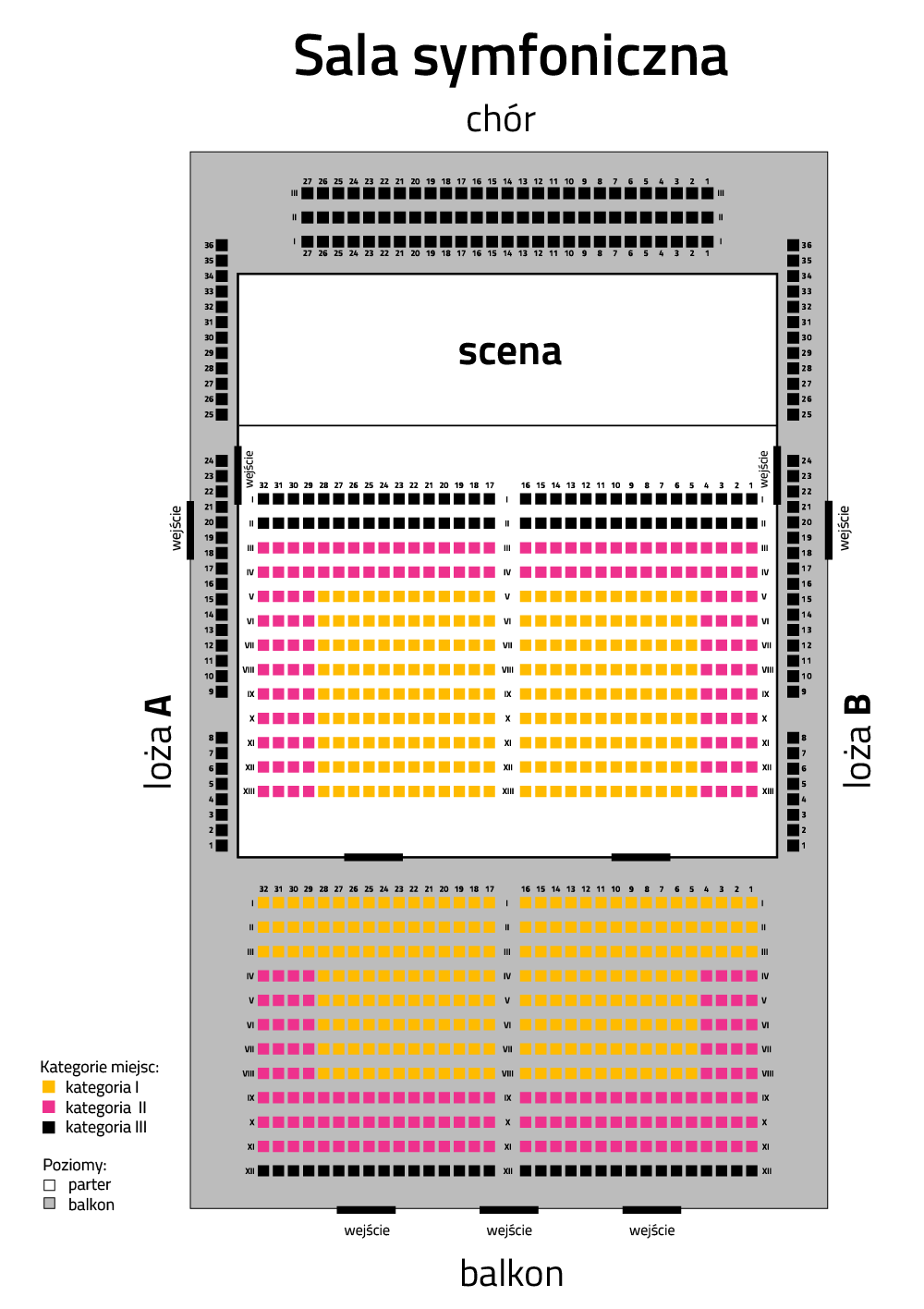Alfred Schnittke is the natural heir of Stravinsky and Shostakovich on one hand and Mahler's German symphony on the other. His "serious" creativity escapes unequivocal
definition. It is most often referred to as polystylist or postmodernist. However, in essence, in the circles of film music, did the composer create for the audience? It is certain that the soundtrack by Alfred Schnittke makes us want to see these films.
It will not be a great discovery if we say that the sources of Schnittke's polystylism should be seen in the reality in which he was born, grew up and absorbed the teachings. The artist was born in the town of Engels in 1934 in a German-Russian-Jewish family. Today this city is located in Russia in the Saratov Oblast, but between 1924 and 1941 it was located within the borders of the German Republic of Prussia. Thus, it was an autonomous region of ethnic Germans inside the Soviet Union (formed after the October Revolution). Alfred Schnittke learned German before he had learnt Russian. He gained his musical education in Vienna first, where his father was a correspondent of a Soviet newspaper. In 1948 he moved to Moscow and continued his studies at the Conservatoire, and later worked there, lecturing on instrumentation (until 1972). He composed music to over 60 films, which was an important source of income for his family (similarly, Dmitri Shostakovich). This made his "serious" work go along a slightly different experimental track (10 symphonies, 6 concerti grossi).
The film music to which the Friday concert is devoted is compared to the "more serious" work, more classical, but does the composer really manage to dump the polystylist's skin, playing with the conventions of the musical past, and mixing them with new contexts? Probably not. The music for "Clowns and Children" strongly resembles Shostakovich’s and Stravinsky's bizarre melodic tunes. The track to "The story of an unknown actor" is written in a totally different way, it is here where the aesthetics of pseudo-Tchaikovsky and pseudo-Rachmaninov are mixed with Berlioz's technique of the idee fixe, i.e the use of musical thought associated with the main character – in this case an actor who is the embodiment of a romantic persona torn between dream and reality. Music to the war picture "Commissioner" (1967/87) about the Soviet party activist Klavdia Vavilova, impresses with magnificent musical themes reminiscent of the idyllic "homely vastness" of Shostakovich's Symphony No. 7 or the gargantuan marches of "Lady Macbeth of the Mtsensk District". In the music to the black comedy "The Adventures of a Dentist" (1965), the composer manages to capture the somewhat naive character of the main character the dentist, whose life is ruined by envious colleagues who are jealous about his extraordinary talent for painless treatment and tooth extraction. On the other hand, in some episodes there are clear references to the Händelian musical idiom (glamor, kingdom, music on water, etc.). The films in question are not currently listed high enough in multiplex cinema rankings (although they appear on reviews and festivals), so it is difficult to assess them. But if they are as good as Schnittke's film music, then they are worth seeing.
------------------------------
Mikołaj Rykowski PhD
Musicologist and clarinetist, doctorate, and associate at the Department Music Theory at the Paderewski Academy of Music in Poznań. Author of a book and numerous articles devoted to the phenomenon of Harmoniemusik – the 18th-century practice of brass bands. Co-author of the scripts "Speaking concerts" and author of the spoken introductions to philharmonic concerts in Szczecin, Poznań, Bydgoszcz and Łódź.
Sponsorem koncertu jest Szczecińska Energetyka Cieplna Sp. z o.o.
Filharmonia im. Mieczysława Karłowicza w Szczecinie uczestniczy w programie "Filharmonia. Ostrożnie, wciąga!!!" organizowanym przez Instytut Muzyki i Tańca ze środków MKiDN.
Sponsorzy





